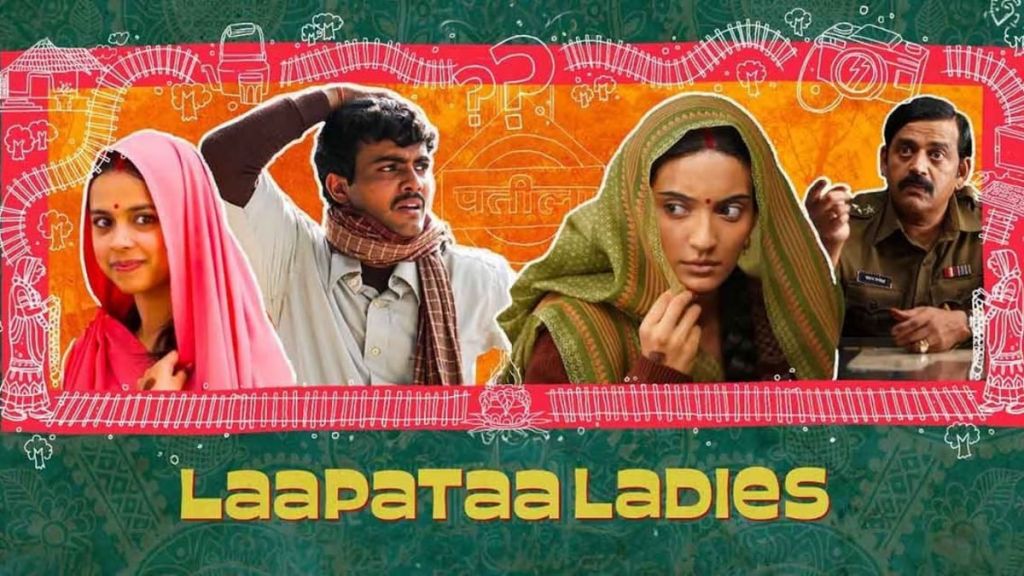
Mumbai: The Indian film industry, a global cinematic powerhouse, has undergone a remarkable metamorphosis over the decades. Its journey towards the Oscars has mirrored the nation's social and economic evolution, reflecting the nation's soul.
In its nascent days, India's Oscar entries were predominantly from the realm of parallel cinema, a movement that delved into the gritty realities of society, often defying mainstream conventions. Satyajit Ray, the cinematic maestro of Bengali cinema, was the trailblazer. His films, such as "Pather Panchali" and "Aparajito," were celebrated for their artistic brilliance and humanist themes. These entries often explored the intricate tapestry of poverty, caste, and social injustice. However, as India's economy flourished and the film industry expanded, the focus shifted towards mainstream cinema. Films that were more commercially viable and catered to a wider audience began to dominate the Oscar race. Entries like "Slumdog Millionaire" and "Mother India" showcased India's vibrant culture and social realities, but they also adopted a more accessible narrative style.
Despite the resounding success of "Slumdog Millionaire," Indian filmmakers remain skeptical about the marketability of poverty as a theme. Director-producer Mahesh Bhatt believes that the theme of poverty will never resonate with an industry catering to an escapist mindset.
"Indian viewers yearn to escape poverty, but for foreigners, poverty holds an exotic allure... that's what they seek to witness in India," he asserts, highlighting the obscurity of Sudhir Mishra's "Dharavi" (1992) and Rabindra Dharmaraj's "Chakra" (1981), both set in the slums of Mumbai. Filmmakers believe there's a certain intangible quality that a foreign jury seeks in an Indian film.
A Wednesday' [a film on terrorism] was not selected in the foreign film category because its content deviated from the jury's expectations of an Indian film. What does a jury anticipate in a 'meaningful' Indian film? Is it invariably poverty, feudal background, or historical events? Let's examine the evidence: the three Indian entries at the Oscars once — "Slumdog Millionaire," "The Final Inch," and "Smile Pinki" — all delved into the themes of destitution and defects.
In recent years, India has continued to make its mark on the international stage with entries that seamlessly blend elements of both mainstream and parallel cinema. One such film is "Lapataa Ladies," directed by Kiran Rao. This captivating tale of two missing women offers a unique lens through which to view Indian society and culture. Its inclusion in the Oscar race marks a significant milestone in the evolution of Indian cinema.
The distinction between mainstream and parallel cinema, once a defining characteristic of Indian cinema, has gradually blurred. Today, the lines between the two have become less distinct. Good cinema, irrespective of its commercial appeal, is being recognized and celebrated. Films like "Dangal" and "Gully Boy" have achieved both critical acclaim and commercial success, demonstrating that Indian cinema is evolving beyond traditional boundaries.
The resounding success of the Telugu film "RRR" by SS Rajamouli has unequivocally demonstrated that Indian cinema has transcended Poverty Porn to embrace Masala classy movies that cater to audiences from the gentry to the sentry. The evolution of India's Oscar entries is a testament to the versatility and resilience of its film industry. From the introspective narratives of Satyajit Ray to the global blockbusters of today, Indian cinema has come a long way. As the industry continues to grow and evolve, it is exhilarating to anticipate what the future holds for India's Oscar journey.
S Ramachandran is a veteran film journalist